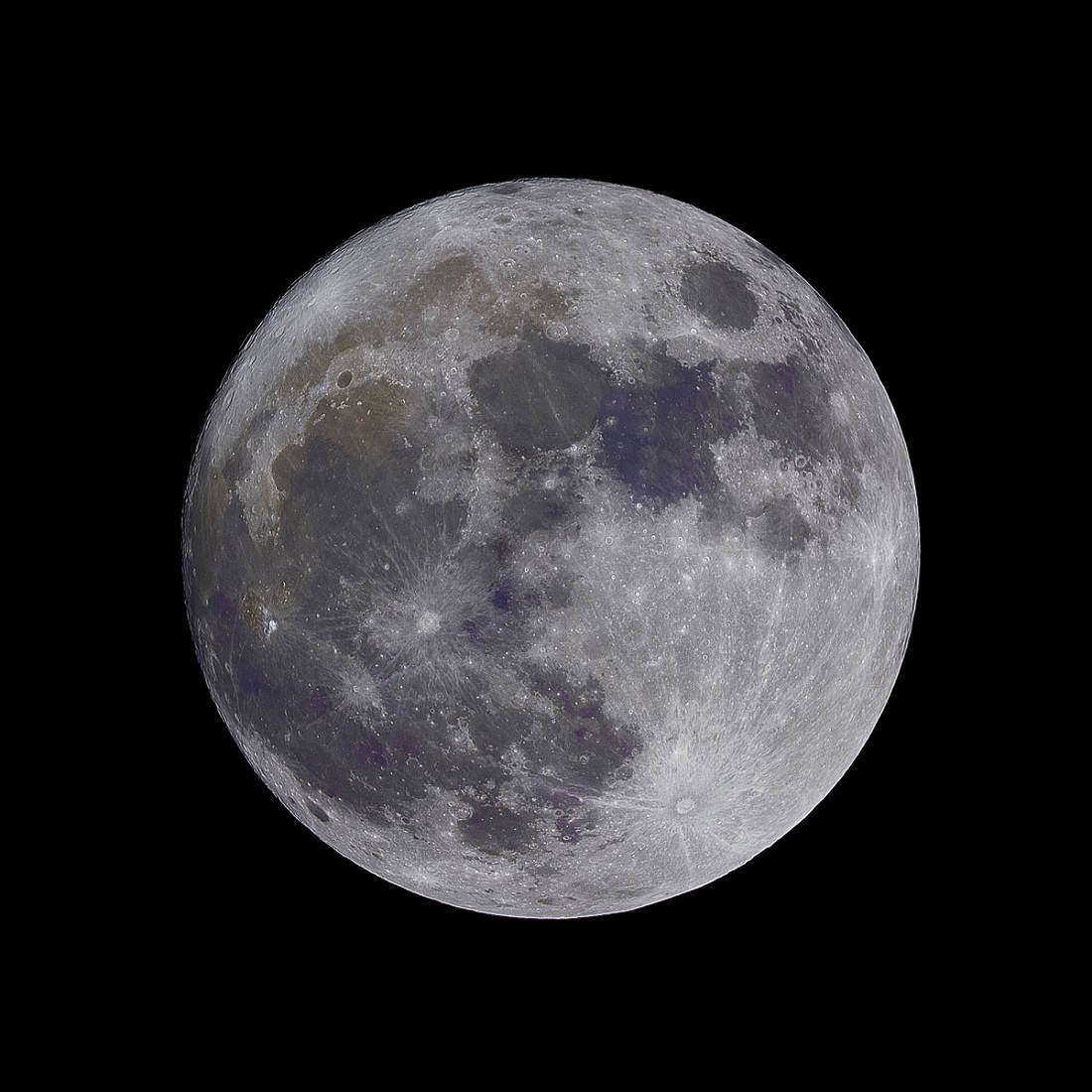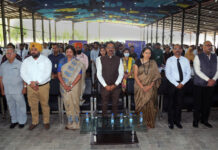7th September 2019, the day every proud Indian will remember!
After the successful launch of Chandrayaan-2 from Satish Dhawan space centre on July 22, 2019, with the help of GSLV MKIII, approximately after a month on August 20, the orbiter entered the lunar orbit and started orbiting the moon smoothly as per it was supposed to be. On 7th September 2019 at midnight around 1:50 am, the process of descending of the Vikram lander was initiated after detaching the lander from the orbiter. Everything was going according to the plan, the lander detached from the orbiter and started descending towards the surface of the moon. At the height of about 20 miles above the surface, it was approaching the surface at the speed of around 20000 miles per hour.
There was a huge challenge in front of our scientists to decrease the descending speed of the lander up to 7km/hr, and for this jet, the thruster was used. At about 7 km above the surface, the lander achieved this speed and everything was going smooth. But when it reached an altitude of about 2.1 km above the surface at 1:52 am, the lander lost its connection from the orbiter and started to freefall. This eventually led to the crash of the Vikram lander along with the Pragyan rover on the south pole of the moon.
This mission not just included lander and rover but also included the orbiter. For the study of the moon, scientists attached total 8 scientific instruments with the spacecraft in which 2 of the instruments were in the rover, 3 were in the lander, and remaining 3 were attached to the orbiter. The orbiter, which is functioning perfectly fine, will conduct scientific experiments for ISRO for the upcoming 7.5 years.
We can proudly say that ISRO has accomplished 95% of its mission!


















